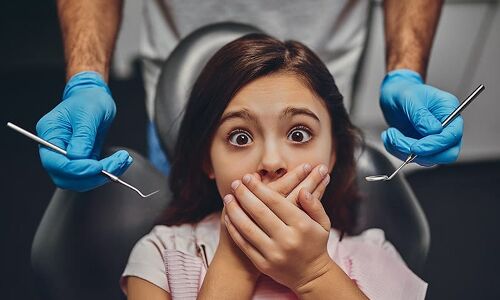
A new study published in Journal of Dentistry suggests that sealant intervention has long-term effects on preventing caries for at least 5 years after an only one sealant treatment to the mesial surface of the first permanent molar. It is effective in reducing caries in high-caries risk children when both preventive (P) and therapeutic sealant (T) are applied once to 6m adjacent to a lesion on day five.
In many nations, dental caries continue to be a serious health burden. Although the condition still affects children, the majority of them have dental fillings or visible caries lesions by the time they reach adulthood. Therefore, the existence of beginning lesions and their prediction of subsequent lesion development underscore the need for preventative and tissue-preserving methods, and cost savings. The purpose of the current study was to assess the effectiveness of preventative and therapeutic sealing to prevent the development or progression of caries lesions on 6m that are adjacent to lesions on 05d after five years and to follow up on the findings of the previous studies.
In this study, high-caries-risk children between the ages of 8 and 10 were examined. The children in the preventive group developed caries lesions on the distal surfaces of their primary second molars (05d), but their mesial surfaces of their approximate permanent first molars were in good health (6m). The children in the therapeutic group exhibited early caries lesions on 6m that bordered lesions on 05d. The two groups of kids each had one pair of 05d/6m shoes. One 6m surface from each pair was randomly chosen to get sealing using a split-mouth design, while the other pair acted as an unsealed control.
The key findings of this study were:
1. 42 of the 61 baseline children were able to undergo blind clinical and radiographic evaluations both at baseline and five years afterwards.
2. In the P group, caries lesions had formed on 8 of the 28 (28.6%) sealed and 15 of the 28 (53.6%) unsealed sound 6m surfaces (p = 0.04).
3. In the T group, 4 of 14 sealed (28.6%) and 8 of 14 (57.1%) unsealed caries control surfaces showed the advancement of the carious lesions on 6m (p = 0.29).
4. When the data from the two groups were combined, there was a significant difference between sealed and unsealed surfaces (p = 0.013).
Reference:
Emilson, C.-G., Basili, C., Corvalan, G. C., Moran, M. P. H., Quiroz, M. D., Torres, C., & Gomez, S. S. (2023). A 5-year clinical follow-up of the efficacy of proximal sealing in high caries risk children. In Journal of Dentistry (Vol. 128, p. 104382). Elsevier BV. https://doi.org/10.1016/j.jdent.2022.104382
